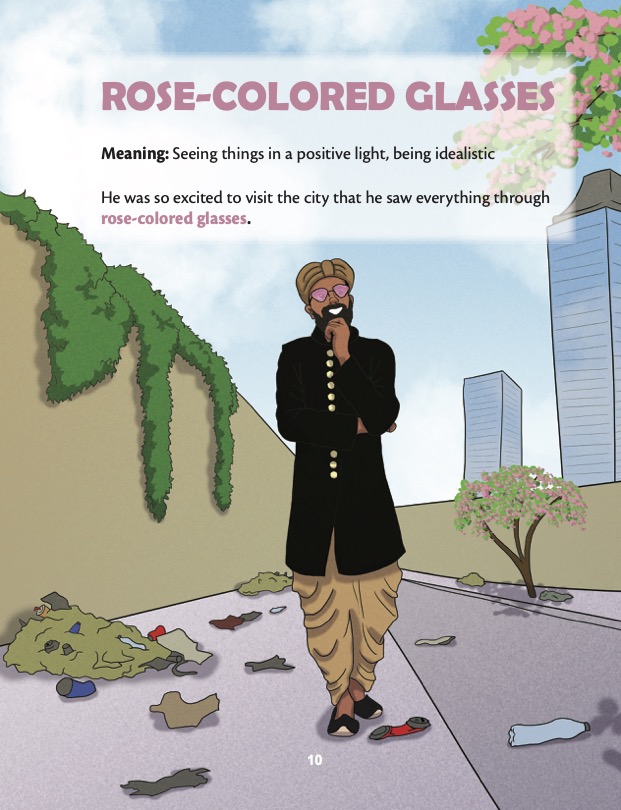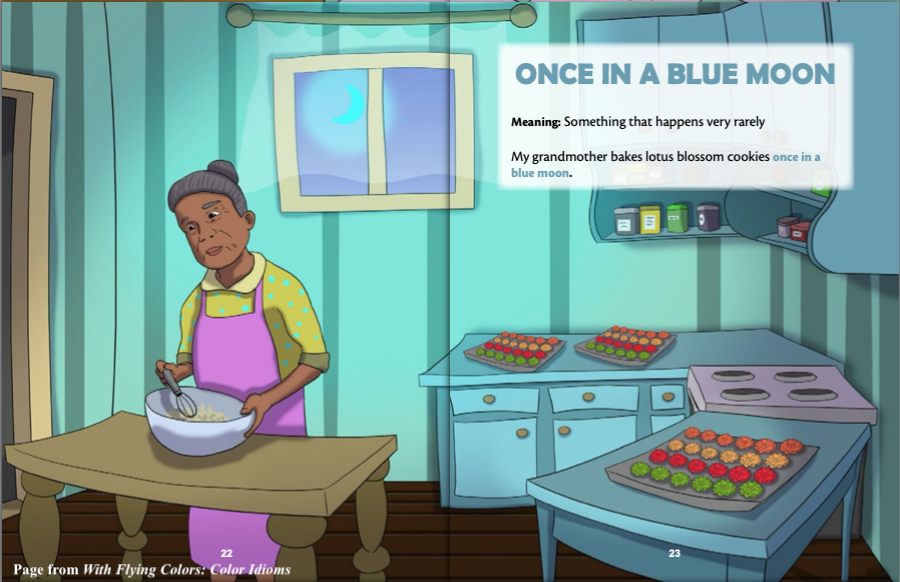
It’s almost Idiom Week! We look forward to celebrating idiom week all year because learning idioms is fun, and it’s a golden opportunity to celebrate what makes the English language unique.
Why Learning Idioms is Important
Idioms are phrases or expressions that are unique to a particular language. Because idioms are not meant to be taken literally, they can be challenging for anyone learning the English language, including children with autism spectrum disorder (ASD). In addition, English learners rarely share the same idioms in their native language since many idioms are rooted in the culture from which they originated. Therefore, learning these expressions requires a strong cultural understanding of the new language.
Learning idioms is important because they boost conversational skills and demonstrate an understanding of the cultural meaning and concept of the idiom. Furthermore, with practice and repetition, English language learners will begin to memorize the meanings of many of the idioms and be able to use them in everyday speech. (For more information about idioms and ideas for teaching them, visit our blog.)
Origins of Popular English Idioms
Did you ever wonder where some of these expressions come from? Let’s take a look at some popular English idioms and their origins:
Rose-Colored Glasses

“Rosy” and “rose-colored” meant hopeful in the 1700s. For example, when eyeglasses were invented, people began wearing different colors of lenses to try to treat various ailments. A similar idiom is “painting a rosy picture,” meaning someone describes something in a very optimistic, positive way.
Green Thumb

This idiom is based on the fact that handling plants can give a person green fingers. King Edward I of England awarded prizes to the servant who could shell peas the fastest. The winner’s fingers would be stained green by the peapods. In America, pinching flowers out of tobacco plants in the fields would give farmers green fingers.
Red Handed

First used in Scotland in the 1400s, this idiom referred to criminals caught with blood on their hands.
Once in a Blue Moon

This idiom has been used since the 1800s. Usually, a full moon only appears once every month. However, every thirty-two months, there is a full moon twice in one month. Therefore, this “blue moon” is rare.
Roll out the Red Carpet

Red dye was expensive, so only very wealthy people could afford red clothing or carpets. In the ancient Greek play Agamemnon, red tapestries were rolled out to welcome a victorious warrior. Indian Mughal emperors used red tapestries in the 1600s. The red dye, cochineal, was made from an insect in South America by the Aztec and Maya people.
For more about English color idioms, check out With Flying Colors: English Color Idioms, available with idiom translations and explanations in 10 languages. Visit our YouTube channel for videos about learning color idioms here and here. In addition, this book comes with links to more information on the origins of these and other color idioms.
